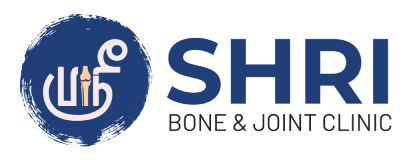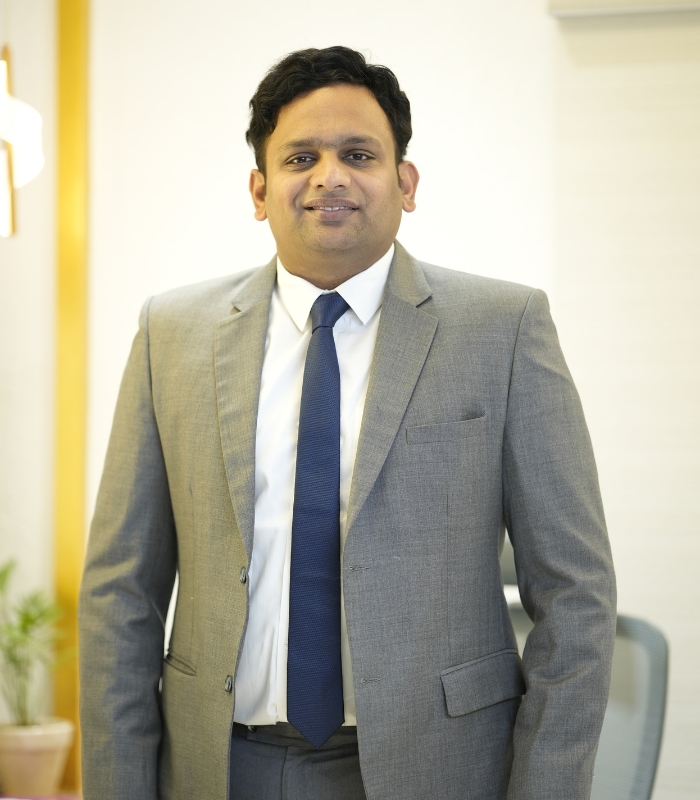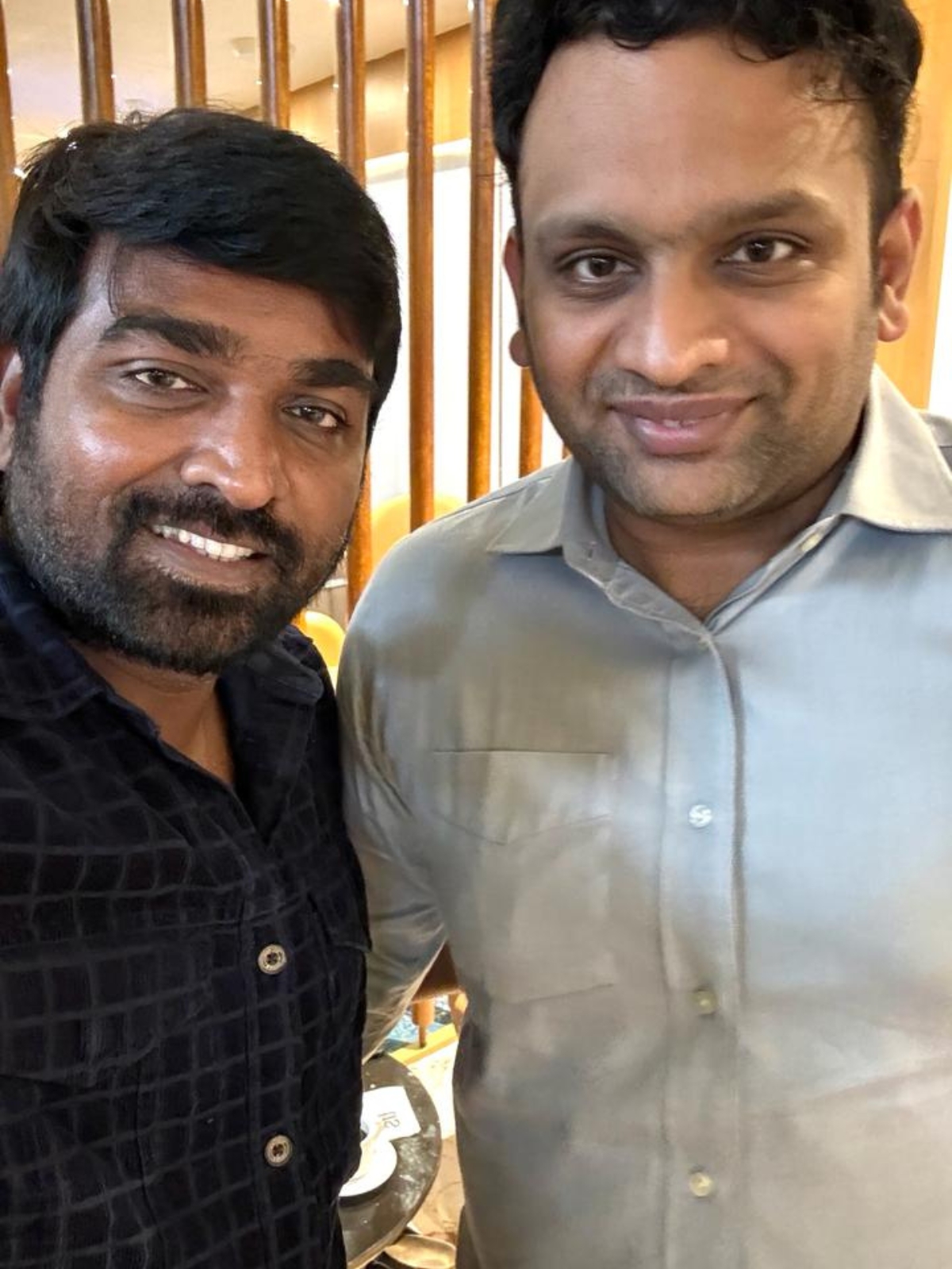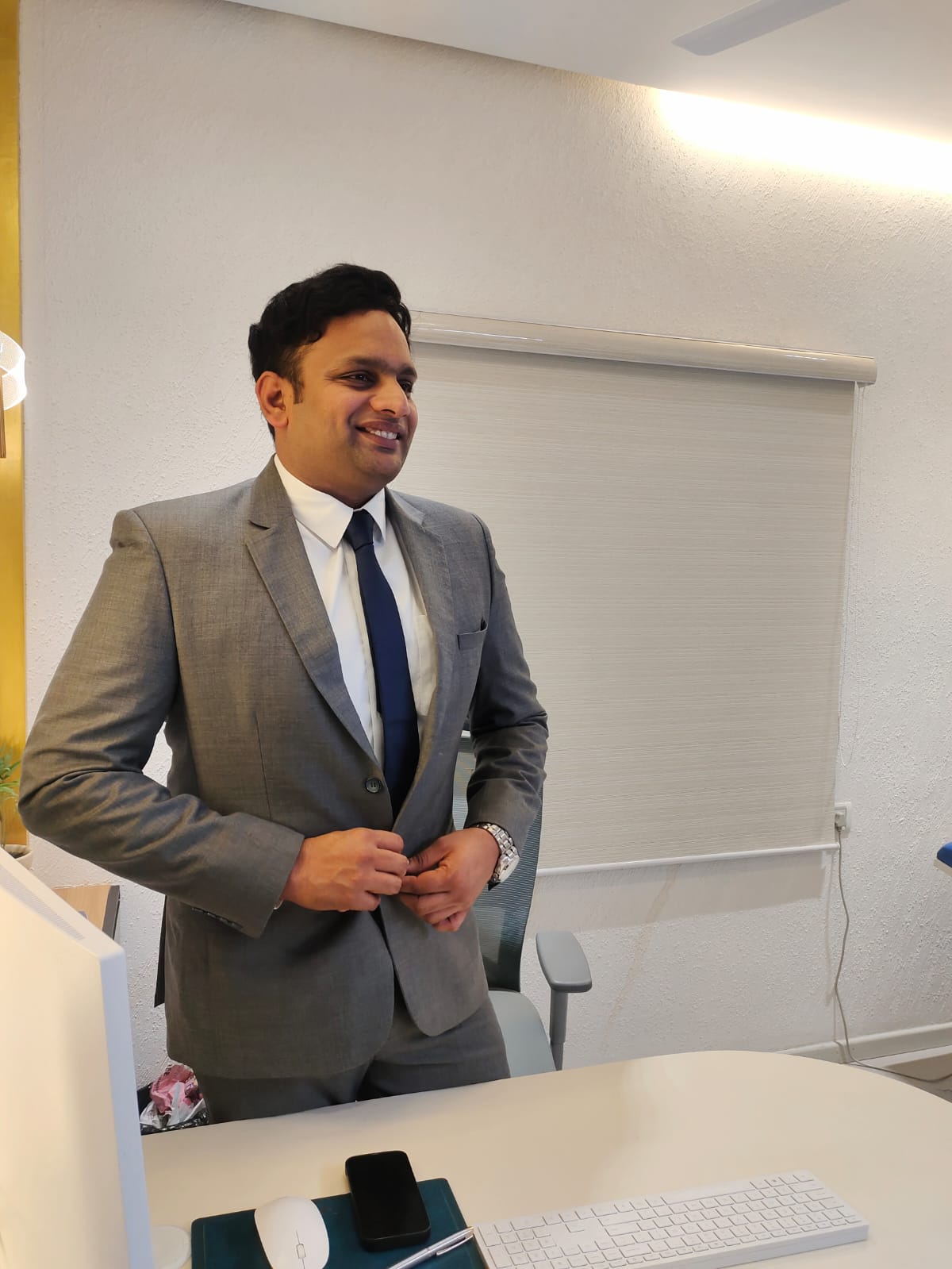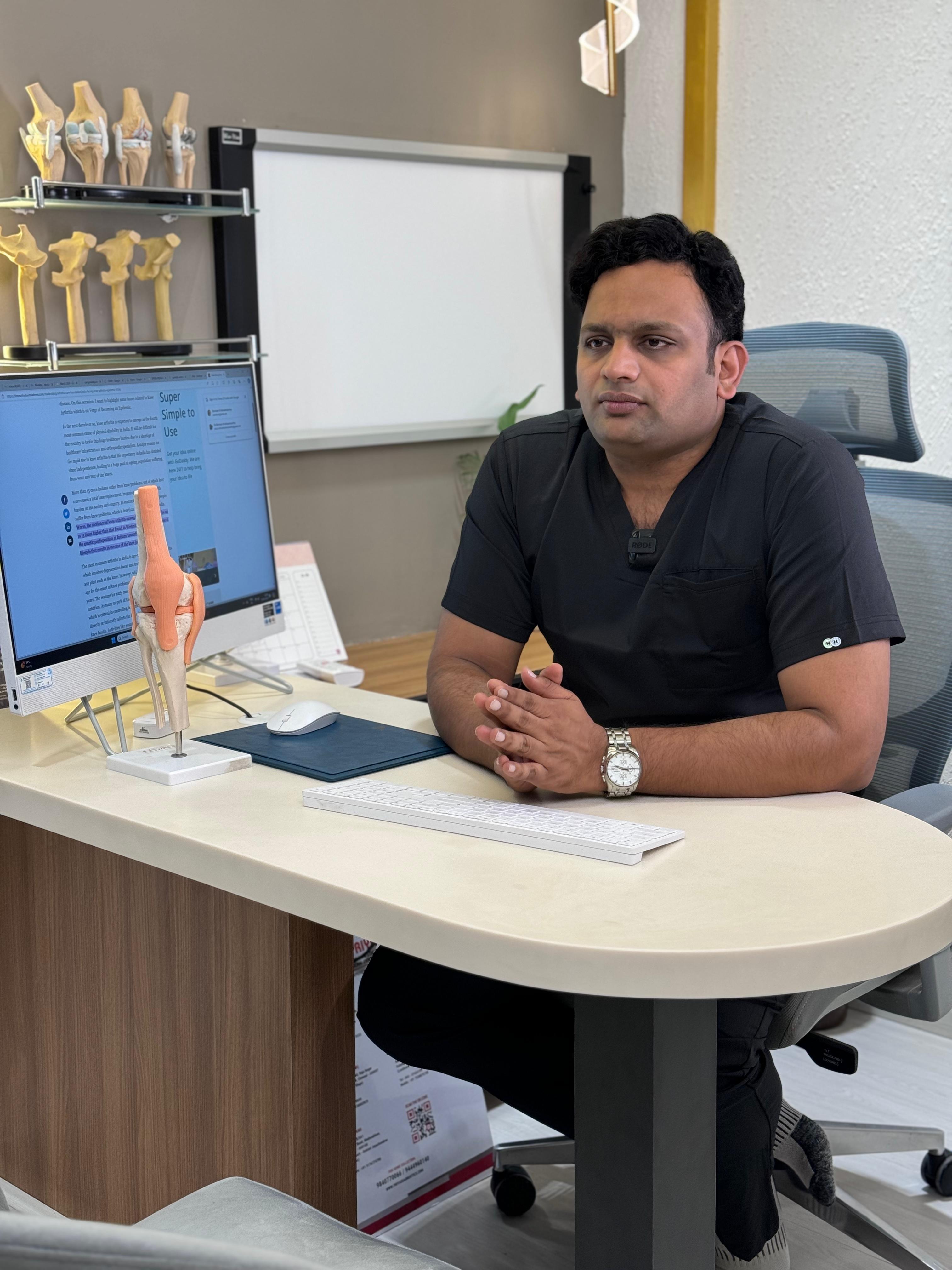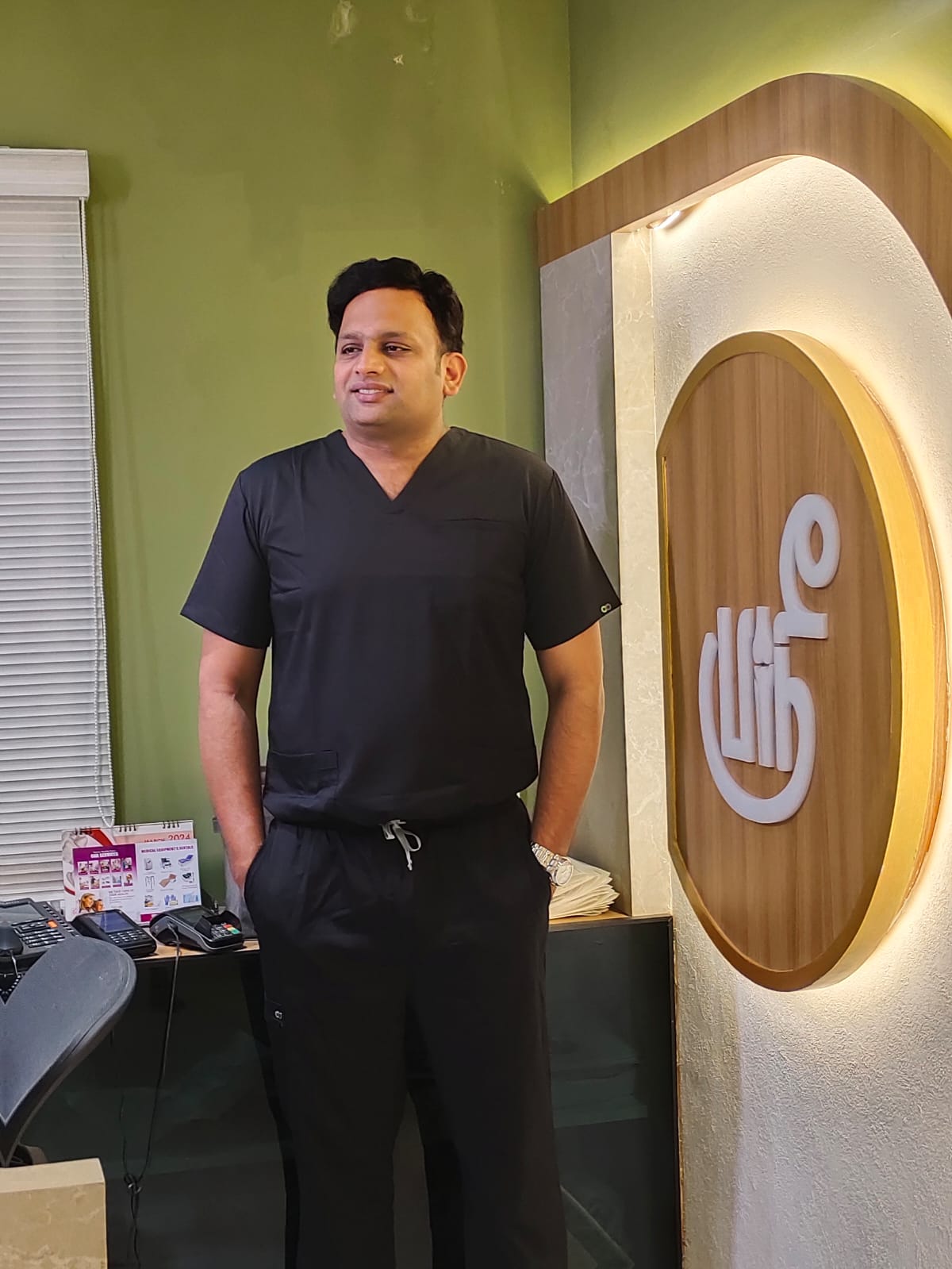Introduction to Lower Back Pain
Lower Back Pain is also known as Lumbago. It is a common disorder involving the muscles, nerves and bones of the back between the lower edge of the ribs and the lower folds of the buttocks. Lumbago pain can vary from a dull, constant ache to a sudden, sharp sensation that makes movement difficult.
Over 9 to 12% of people have lower back pain at any given movement. Lower back pain is common among people between 40 and 80 years of age, with the overall number of people affected expected to increase as the population ages.
Lower Spine Pain may be classified by duration as pain lasting less than six weeks, sub- chronic upto 6 to 12 weeks or chronic more than 12 weeks. The symptoms of lower back pain usually improve within a few weeks from the start, with 40 to 90% of the people recovering by six months.
The treatment for the lower back pain involves a combination of therapies, including rest, physical exercise, physical therapy and medications to manage pain and inflammation. In some cases, more invasive treatments like surgery may be necessary.
Symptoms
The symptoms of the lower back pain may vary depending on the causes and individuals factors, the general symptoms of the lower back pain are listed below.
- Sharp, Stabbing pain that may radiate into legs or buttocks.
- Dull, aching pain in the lower back.
- Stiffness or limited range of motion in the lower pain.
- Difficulty in standing up straight or walking.
- Pain that worsens with bending, lifting or twisting.
- Muscle spasms in the lower back.
- Pains that improve with reclining.
Causes
Muscle strain or ligament sprain can occur due to:
- Lifting a heavy object with poor body mechanics
- Sudden movements that put too much stress on the lower back, such as a fall or road traffic accidents
- Poor ergonomics over an extended period
- Sports injuries, especially those involving twisting or significant impact
This type of acute pain can be severe but typically does not last long and can be managed conservatively.
Normally, discs are located between the vertebrae, acting as cushions. Each disc has a soft, gelatinous inner layer covered by a tough outer layer.
Degenerative disc disease: With aging, discs become thinner and flatter due to wear and tear. Reduced water content in the discs lessens their ability to cushion the vertebrae, making them more susceptible to tears.
Herniated disc: Due to aging or overuse, the protective covering on intervertebral discs can tear, causing the soft inner material to herniate through the outer layer.
This condition, also known as a bulging or slipped disc, may compress nerve roots, leading to symptoms such as pain (which may or may not radiate), tingling, numbness, or weakness in the affected nerve’s area.
Sciatica: The sciatic nerve, running from the lower back through the hips, buttocks, and down each leg, can become pinched or irritated, causing pain. Although commonly referred to as sciatica, doctors may call it lumbar radiculopathy when pain travels down the leg from the lower back.
Spondylolisthesis: A vertebra slipping forward out of position can disrupt spine alignment and sometimes compress nerve roots. It can occur anywhere along the spine but is more common in the lumbar region. This slippage is often caused by disc degeneration or a fractured vertebra (spondylolysis).
Spinal stenosis: Narrowing of the inside spaces of the spine, often from a herniated disc or bone spurs due to spinal osteoarthritis, can result in painful pressure on spinal nerves. Spinal stenosis is more common in the lumbar region, followed by the cervical region.
Spinal osteoarthritis (spondylosis): Osteoarthritis frequently causes lower backaches, typically with aging.
Vertebral osteoporosis: Brittle, porous bones can develop fractures and cause pain, particularly in elderly individuals and menopausal women due to hormonal changes.
Kidney stones can also cause back pain.
Causes
Muscle strain or ligament sprain can occur due to:
- Lifting a heavy object with poor body mechanics
- Sudden movements that put too much stress on the lower back, such as a fall or road traffic accidents
- Poor ergonomics over an extended period
- Sports injuries, especially those involving twisting or significant impact
This type of acute pain can be severe but typically does not last long and can be managed conservatively.
Normally, discs are located between the vertebrae, acting as cushions. Each disc has a soft, gelatinous inner layer covered by a tough outer layer.
Degenerative disc disease: With aging, discs become thinner and flatter due to wear and tear. Reduced water content in the discs lessens their ability to cushion the vertebrae, making them more susceptible to tears.
Herniated disc: Due to aging or overuse, the protective covering on intervertebral discs can tear, causing the soft inner material to herniate through the outer layer.
This condition, also known as a bulging or slipped disc, may compress nerve roots, leading to symptoms such as pain (which may or may not radiate), tingling, numbness, or weakness in the affected nerve’s area.
Sciatica: The sciatic nerve, running from the lower back through the hips, buttocks, and down each leg, can become pinched or irritated, causing pain. Although commonly referred to as sciatica, doctors may call it lumbar radiculopathy when pain travels down the leg from the lower back.
Spondylolisthesis: A vertebra slipping forward out of position can disrupt spine alignment and sometimes compress nerve roots. It can occur anywhere along the spine but is more common in the lumbar region. This slippage is often caused by disc degeneration or a fractured vertebra (spondylolysis).
Spinal stenosis: Narrowing of the inside spaces of the spine, often from a herniated disc or bone spurs due to spinal osteoarthritis, can result in painful pressure on spinal nerves. Spinal stenosis is more common in the lumbar region, followed by the cervical region.
Spinal osteoarthritis (spondylosis): Osteoarthritis frequently causes lower backaches, typically with aging.
Vertebral osteoporosis: Brittle, porous bones can develop fractures and cause pain, particularly in elderly individuals and menopausal women due to hormonal changes.
Kidney stones can also cause back pain.
Diagnosis
Diagnosis of lower back pain typically involves a combination of medical history, physical examination and imaging test. The healthcare provider will ask about the onset duration, the characteristics of the pain, and any factors that worsen or alleviate it.
They will also perform a physical examination to assess a range of motion, muscle strength and reflexes. Imaging tests such as X-rays, MRI or CT scans may be ordered to visualize the spine and identify any abnormalities.
Sometimes, blood tests or nerve studies may be performed to rule out underlying conditions.
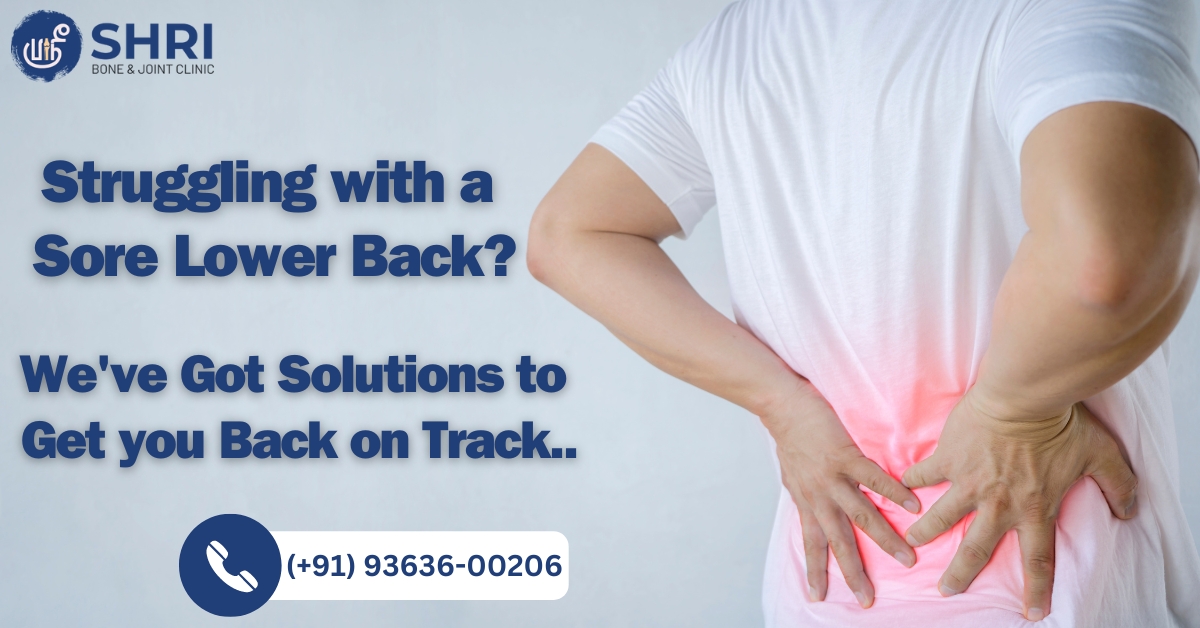
Treatment Options
Medications
Over-the-counter pain relievers like acetaminophen can help reduce pain and inflammation. For muscle spasms, may prescribe muscle relaxants.
Physical Therapy
Structured exercise programs can improve flexibility, strength, and posture, alleviate pain, and prevent future episodes.
Heat and Cool Therapy
Applying heat or cold packs to the affected areas can help to reduce the pain and inflammation.
Massage Therapy
Massage can help relax tight muscles and improve blood flow to the affected area.
Spinal Manipulation
Chiropractic adjustments or osteopathic manipulation can improve spinal alignment and reduce pain.
Acupuncture
This traditional Chinese medicine technique involves inserting thin needles into specific points on the body to alleviate pain and promote healing.
Lifestyle Changes
Maintaining a healthy weight, practicing a good posture and using proper body mechanics when lifting can help prevent or reduce lower pain.
Surgery
In severe cases where conservative treatments have failed, surgery may be recommended. Surgery may be done to remove a herniated disc, stabilize the spine or relieve pressure on nerves.
Prevention Tips
- Maintain healthy weight
- Exercise regularly
- Practice good posture
- Use proper lifting techniques
- Take frequent breaks
- Use ergonomic furniture
- Sleep on a supportive mattress
- Quit smoking
- Stay active
- Manage stress
Specialized Treatments
- Epidural steroid injections
- Radiofrequency ablation
- Spinal decompression therapy
- Spinal cord stimulation
- Percutaneous Vertebroplasty or kyphoplasty
- Sacroiliac Joint injection
- Intradiscal electrothermal therapy
- Laser therapy
Best Lower Back Pain Treatment Hospital in Chennai
In Chennai, numerous hospitals provide lower back pain treatment. Apart from that, Shri Bone & Joint Clinic is the best and most genuine hospital for lower back pain therapies. Here, we have well experienced and the best Orthopedic specialists to provide top-notch treatment for all knee-related problems.
We have two branches in Chennai, one from Adyar and another one from Amjinkari. You can reach us at any time, we are available 24 hours. Before visiting us, you can check the doctor’s availability and book the appointment over the call by (9363 600 206).
Best Lower Back Pain Treatment Doctor / Surgeon in Chennai
DR. Shriram Krishnamoorthy from Shri Bone & Joint Clinic in Chennai is the best doctor for Lower back ache treatment. He has over ten years of experience in this orthopedic field. He is an excellent doctor for problem-solving with good remedies. He is a national board-certified orthopedic surgeon.
What are the common causes of lower back pain?
The common causes of lower back pain are listed below.
- Muscle strain
- Poor posture
- Herniated discs
- Spinal stenosis
- Osteoarthritis.
How do I know if my lower back pain requires medical attention?
Seek medical attention for lower back pain if it is severe, persistent, accompanied by weakness or numbness, or after a traumatic injury.
What are the risk factors associated with developing lower back aches?
Risk factors for lower back pain include aging, sedentary lifestyle, poor posture, obesity, smoking, and physically demanding work or activities.
Can stress and mental health issues contribute to lower back aches?
Yes, stress and mental health issues can contribute to lower back pain by causing muscle tension and affecting pain perception.
Is lower back ache more common in certain age groups?
Yes, lower back pain is more common in adults aged 30-60 but can occur at any age due to various factors.
What lifestyle changes can help alleviate lower back aches?
Regular exercise, maintaining a healthy weight, practicing good posture, and avoiding prolonged sitting can help alleviate lower back pain.
How long does it typically take to recover from lower back pain?
Recovery from lower back pain varies but can take a few days to weeks with proper treatment and lifestyle adjustments.
When should I consider seeking surgical treatment for my lower back pain?
Consider surgical treatment for lower back pain if conservative treatments fail and the pain is severe, persistent, or causing neurological symptoms.
Better Health Care is Our Mission
Phone
Shri Bone & Joint clinic
#1, 2nd Main Road
Nehru Nagar
Adyar
Chennai - 20.
Phone: 044 3549 0206
MGM Healthcare
No.72,
Nelson Manickam Road,
Collectorate Colony, Aminjikarai,
Chennai - 600029.
Phone: 044 4524 2424
